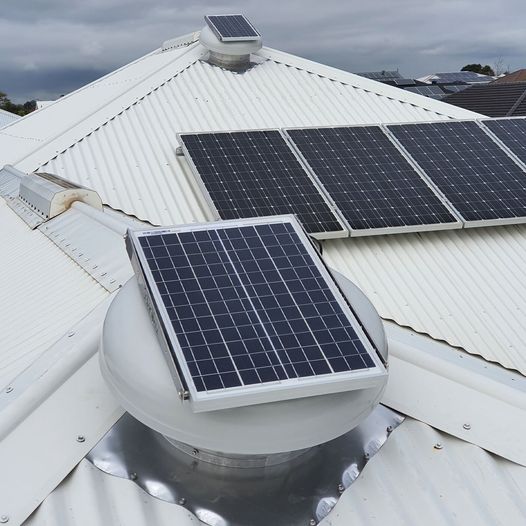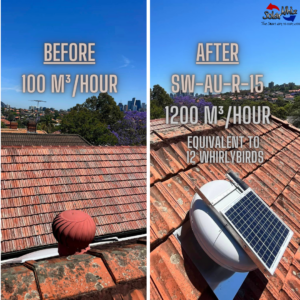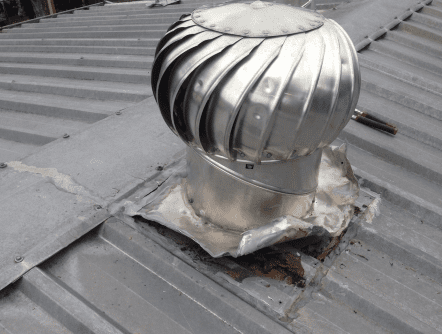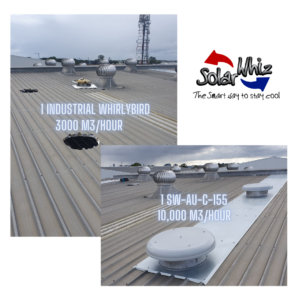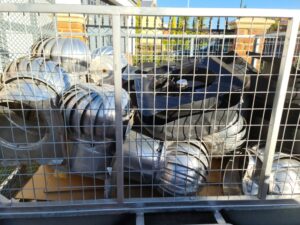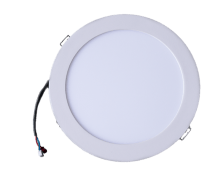Last Updated on February 3, 2025 by Solar Whiz
When it comes to roof ventilation, whirlybirds have been a staple in Australian homes for decades. These wind-driven turbines were once hailed as a cost-effective solution for keeping homes cool and reducing moisture buildup. But as technology advances and the demand for energy-efficient, eco-friendly solutions grows, it’s clear that whirlybirds may no longer be the best choice for modern homes.
If you’re still relying on whirlybirds, it might be time to consider an upgrade. Let’s explore why these old-school ventilators are falling behind and how modern alternatives can save you money, improve your home’s efficiency, and contribute to a greener planet.
The Limitations of Whirlybirds in Modern Homes
Whirlybirds are simple devices that rely on wind to spin and draw hot air out of your roof cavity. While they were effective in their heyday, they come with significant limitations in today’s world.
1. Inconsistent Performance:
While whirlybirds work through heat convection, they only become effective once there’s already a significant heat buildup in the roof space. This means they’re often reactive rather than proactive in cooling your home. Additionally, their reliance on wind to spin means they’re less effective on calm days, leaving your home to overheat. As the Australian Climate Council notes, “Passive ventilation systems like whirlybirds are less effective in regions with low wind activity, which can lead to poor indoor air quality and increased energy use” (Climate Council, 2023).
2. Energy Inefficiency:
Unlike modern systems, whirlybirds don’t actively regulate temperature. This means they can’t adapt to changing weather conditions, leading to higher energy bills as your air conditioner works overtime to compensate.
3. Limited Capacity for Larger Spaces:
Whirlybirds struggle to meet the ventilation needs of larger spaces like industrial facilities or gyms. Their design is better suited for smaller residential areas, making them inadequate for environments that require robust airflow and temperature regulation.
4. Maintenance Headaches:
Over time, whirlybirds can rust, become clogged with debris, or stop spinning altogether. Their noisy operation is another common complaint among homeowners.
5. Environmental Impact:
Many models are made of materials that are not eco-friendly or recyclable.
Whirlybirds are an outdated technology that often fails to deliver the energy efficiency and performance modern Australians demand.
Modern Alternatives to Whirlybirds
The good news is that you don’t have to settle for outdated ventilation. Solar-powered roof ventilators, like Solar Whiz, not only outperform traditional whirlybirds but also align with the values of Australians who prioritise energy savings, renewable solutions, and environmental protection. These advanced systems provide a smarter, more efficient way to keep your home or business well-ventilated all year round.
Key benefits include:
- Reliable Performance – Operates independently of wind, ensuring consistent and powerful airflow.
- Smart Features – Equipped with thermostats and hygrostats for customised ventilation based on temperature and humidity.
- Eco-Friendly & Cost-Effective – Runs entirely on solar energy, reducing electricity bills while lowering your carbon footprint.
With technology that adapts to your needs, solar-powered ventilators like Solar Whiz offer a long-term solution that makes both financial and environmental sense.
Why Upgrading Your Whirlybirds is a Smart Move
Replacing your whirlybirds with solar-powered alternatives offers numerous benefits:
- Enhanced Airflow: Capable of ventilating larger spaces, they’re perfect for homes and commercial buildings alike.
- Improved Air Quality: Better ventilation means less moisture buildup, which can prevent mould and mildew growth—a common issue in Australian homes.
- Energy Savings: Running on solar energy eliminates electricity costs.
- Built for Harsh Conditions: Designed to withstand Australia’s extreme weather.
- Quiet and Low Maintenance: Unlike whirlybirds, they have fewer moving parts.
- Moisture Control: Optional hygrostats help reduce condensation in colder months.
- Environmental Benefits: Solar-powered and energy-efficient systems reduce your carbon footprint, helping you contribute to a greener future.
- Increased Home Value: Upgraded ventilation systems are a selling point for eco-conscious buyers and can boost your property’s market appeal.
According to the Clean Energy Council, “Solar-powered products not only reduce energy bills but also contribute to a more sustainable future.“
Signs It’s Time to Replace Your Whirlybirds
How do you know if your whirlybirds are due for an upgrade? Look out for these telltale signs:
- Rust, damage, or visible wear.
- Inconsistent spinning or complete failure to rotate.
- Rising energy bills despite regular use of cooling systems.
- Poor indoor air quality or excessive heat in your home.
Choosing the Right Replacement for Your Building
When upgrading from a whirlybird, consider your building’s specific needs:
- Homes: Solar-powered ventilators improve indoor comfort while reducing energy costs.
- Industrial Facilities: High-capacity systems provide superior ventilation for warehouses and factories.
- Bushfire-Prone Areas: Opt for compliant designs that improve safety.
- Moisture-Prone Spaces: Stainless steel options are ideal for swimming pools and gyms.
Unlike whirlybirds, modern alternatives like Solar Whiz can be installed following the pitch of your roof, ensuring optimal performance and longevity.
How to Make the Switch from Whirlybirds
Ready to ditch your whirlybirds? Here’s how to get started:
- Consult a Professional:
A roofing expert can assess your current ventilation needs and recommend the best system for your home. - Choose the Right System:
Consider factors like your roof size, local climate, and budget. Solar-powered options are ideal for Australians looking to harness renewable energy. - Enjoy the Benefits:
Once installed, you’ll notice improved comfort, lower energy bills, and peace of mind knowing you’ve made an eco-friendly choice.
Real-World Success Stories
Many Australians have already made the switch and are reaping the benefits. For example, a Preston factory reported a 30% reduction in energy costs after installing Solar Whiz. Similarly, homeowners in Sydney have praised the system for its quiet operation and increased comfort during summer.
Ready to Upgrade Your Ventilation?
While whirlybirds served us well in the past, they’re no longer the best option for modern Australian homes. By upgrading to solar-powered or energy-efficient ventilation systems, you can save money, improve your home’s comfort, and do your part to protect the planet.
So, why wait? Isn’t it time to replace your whirlybirds and embrace a smarter, greener future?
Contact us to learn more about modern whirlybird alternatives like Solar Whiz!
